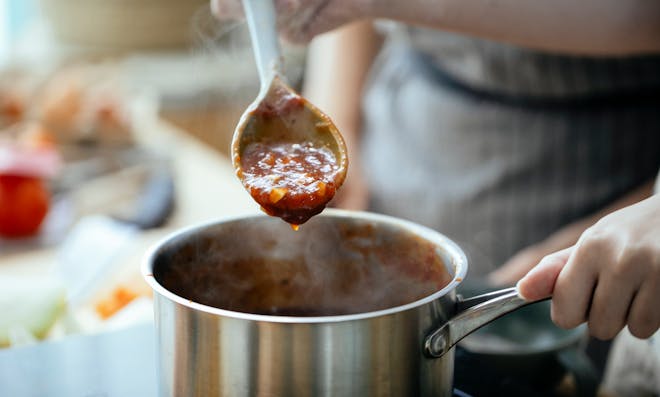Prime Rib Reverse Sear: The Ultimate Guide
When it comes to preparing a prime rib, the reverse sear method offers an unmatched level of precision and flavor. This technique is hailed for producing a perfectly cooked, tender, and flavorful prime rib that’s sure to impress at any dinner table.
Understanding the Reverse Sear Method
The reverse sear is a cooking method that starts with low-temperature cooking and ends with a high-heat sear. This approach is particularly suitable for thicker cuts of meat, such as prime rib, allowing for even cooking and a desirable crust. By gently bringing the meat up to temperature and finishing it off with a sear, you maximize tenderness while ensuring a beautifully browned exterior.
Ingredients for a Perfect Prime Rib
- 1 bone-in prime rib roast (about 6 to 10 pounds)
- 2 tablespoons kosher salt
- 1 tablespoon coarse ground black pepper
- 1 tablespoon fresh rosemary, chopped
- 1 tablespoon fresh thyme, chopped
- 4 cloves of garlic, minced
- 2 tablespoons olive oil
Equipment Needed
- Meat thermometer
- Roasting pan
- Aluminum foil
- Cast iron skillet (for the final sear)
Step-by-Step Prime Rib Reverse Sear Recipe
Preparing the Prime Rib:
Begin by patting the prime rib dry with paper towels. Combine salt, pepper, rosemary, thyme, and garlic to create a rub. Coat the prime rib evenly with olive oil and then apply the rub generously all over the meat. Let the seasoned prime rib sit at room temperature for about two hours before cooking.
Cooking the Prime Rib:
Preheat your oven to a low temperature of 250°F (120°C). Place the prime rib on a roasting pan, fat side up, and insert the meat thermometer into the thickest part of the roast, avoiding the bone. Cook the prime rib until the thermometer reads about 10-15 degrees below your desired final temperature (for medium-rare, aim for 110°F or 43°C).
Resting the Meat:
Once the prime rib reaches the target temperature, remove it from the oven and cover it loosely with aluminum foil. Let it rest for about 30 minutes. During this time, the residual heat will continue to cook the meat slightly, and the juices will redistribute throughout the roast.
The Final Sear:
After resting, preheat a large cast iron skillet over high heat until it’s smoking hot. Uncover the prime rib and sear each side for about 1-2 minutes until a crisp crust forms. Be sure to sear the edges as well for a uniform crust.
Serving Your Prime Rib:
Transfer the seared prime rib to a cutting board and let it rest for an additional 10-15 minutes before carving. Slice against the grain and serve with your favorite sides.
Tips for the Perfect Prime Rib Reverse Sear
- Allow your prime rib to come to room temperature before cooking to ensure even cooking.
- Use a reliable meat thermometer to monitor the internal temperature accurately.
- For added flavor, consider using a compound butter or herbed crust.
- Resting your meat is crucial for a juicy result – don’t skip this step!
With this prime rib reverse sear recipe, you’re all set to prepare a restaurant-quality meal at home. Remember, the key to a perfect reverse sear is patience and precision. Enjoy the process and the delicious results!
